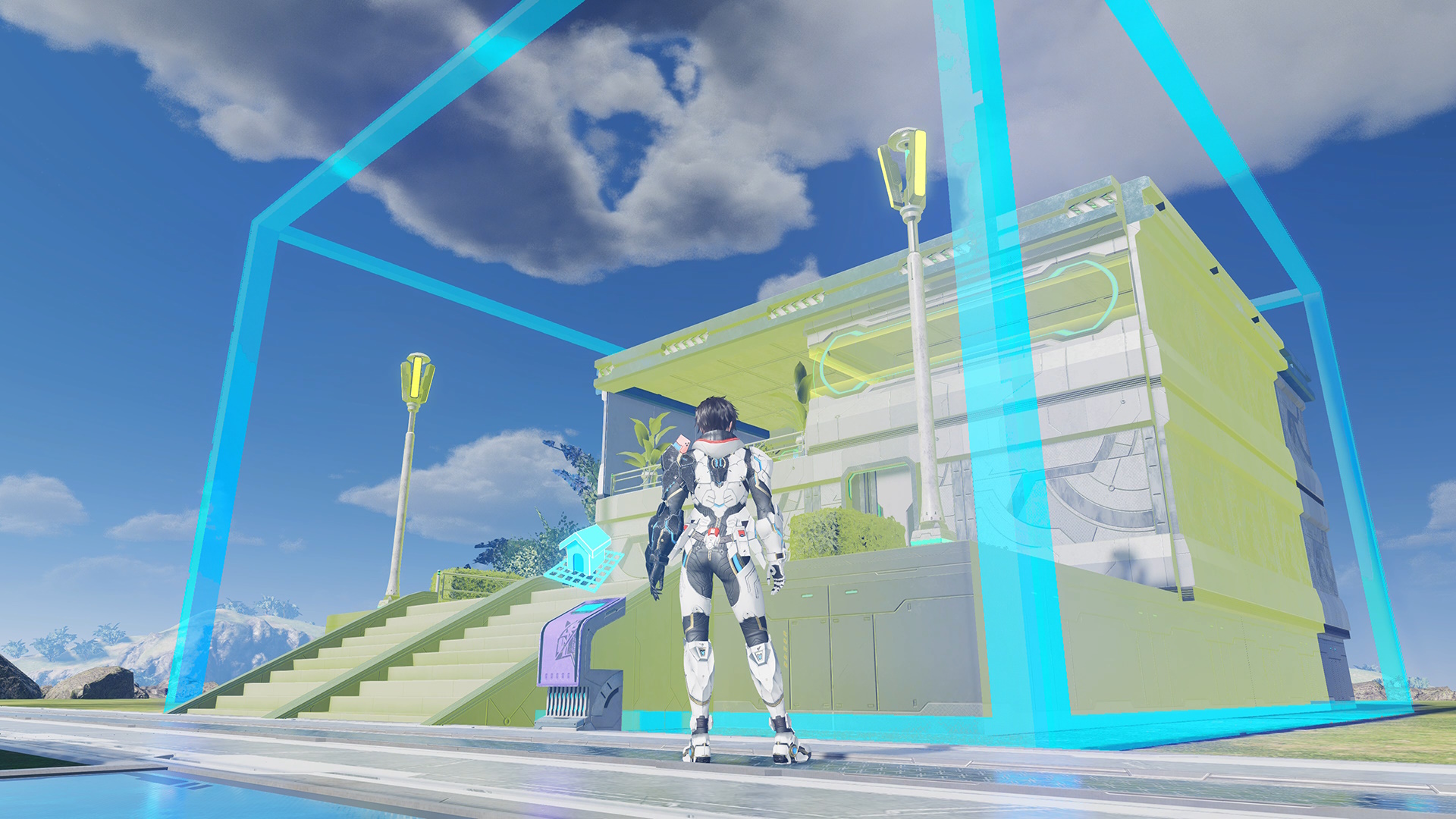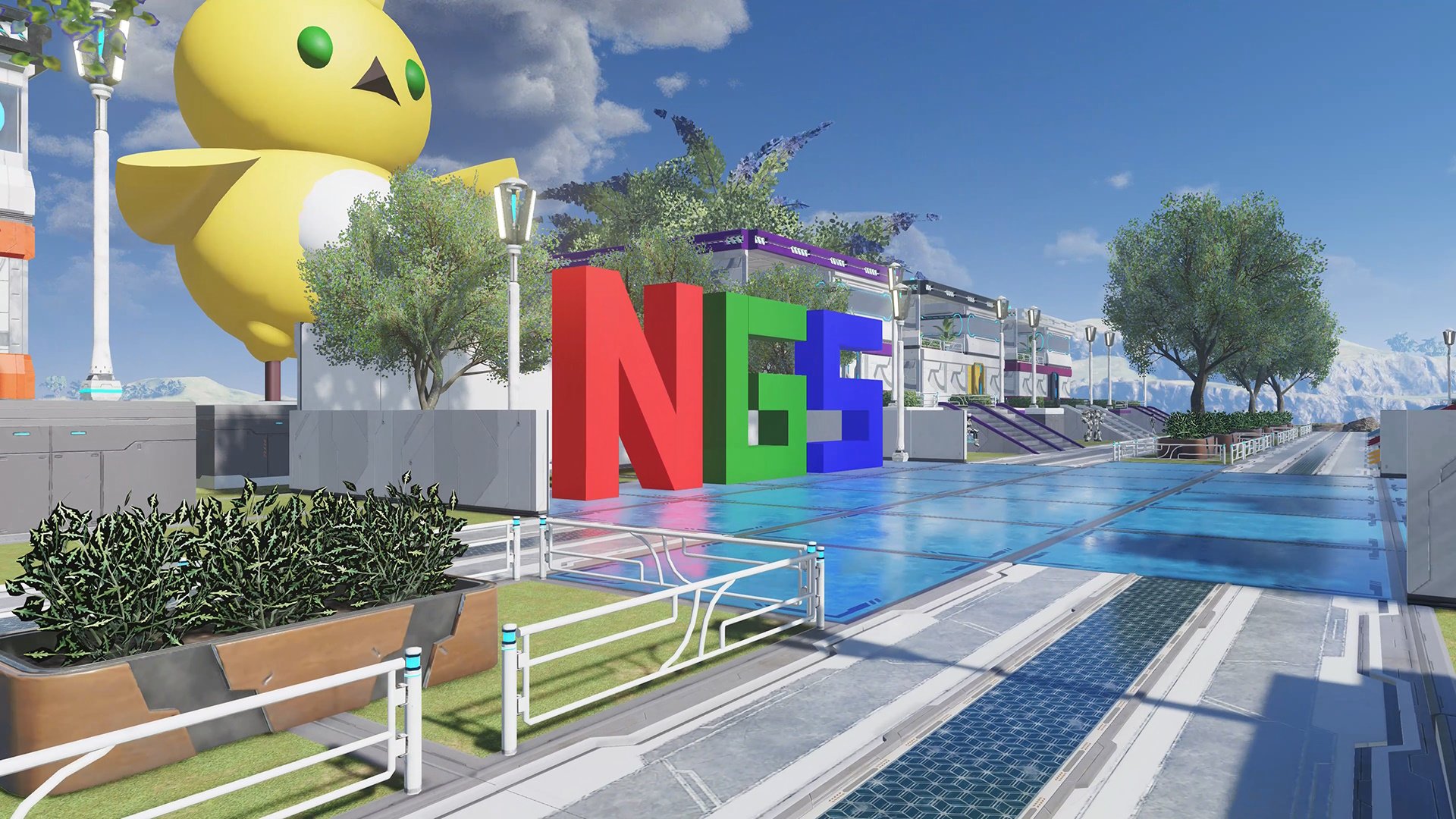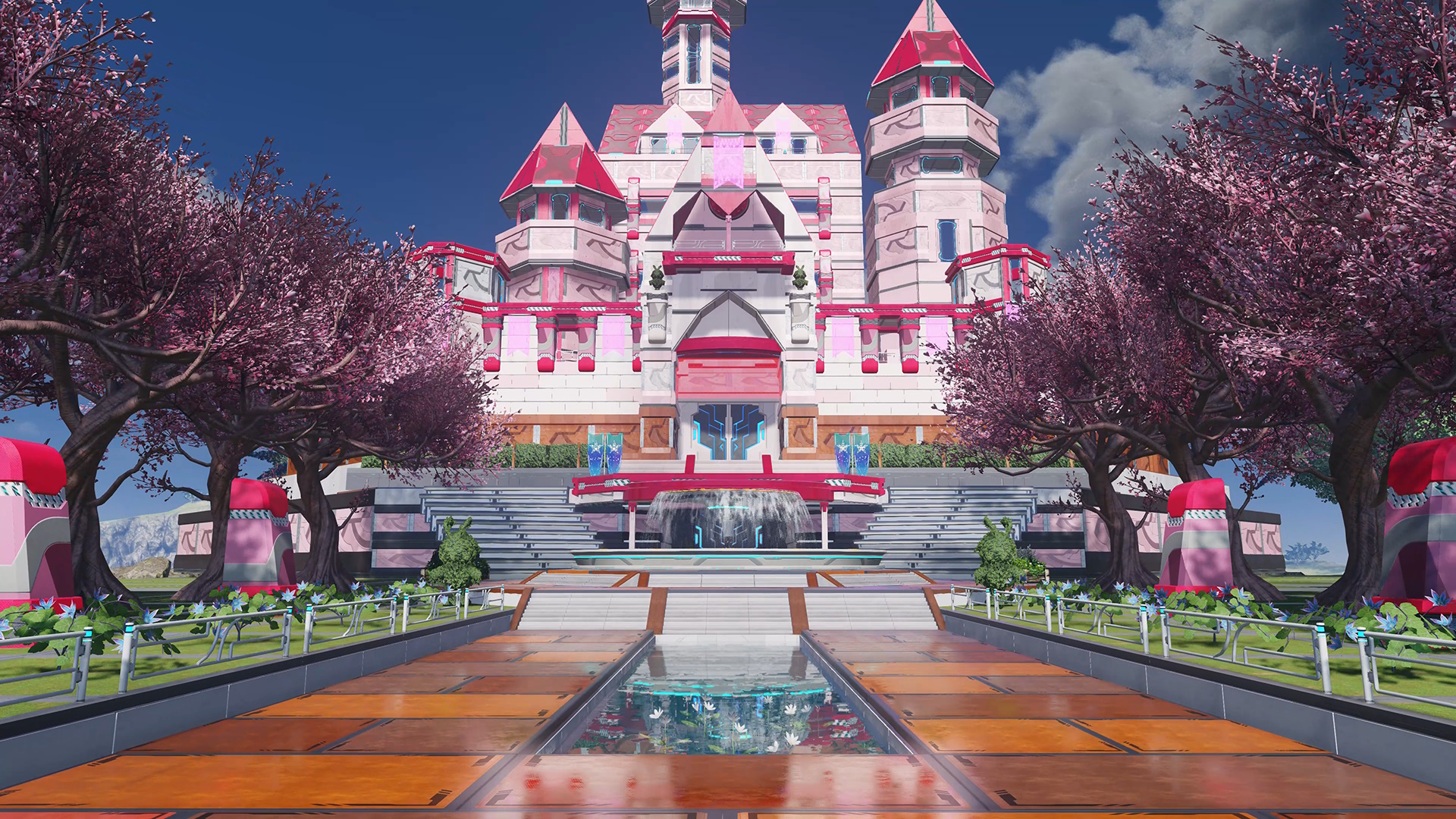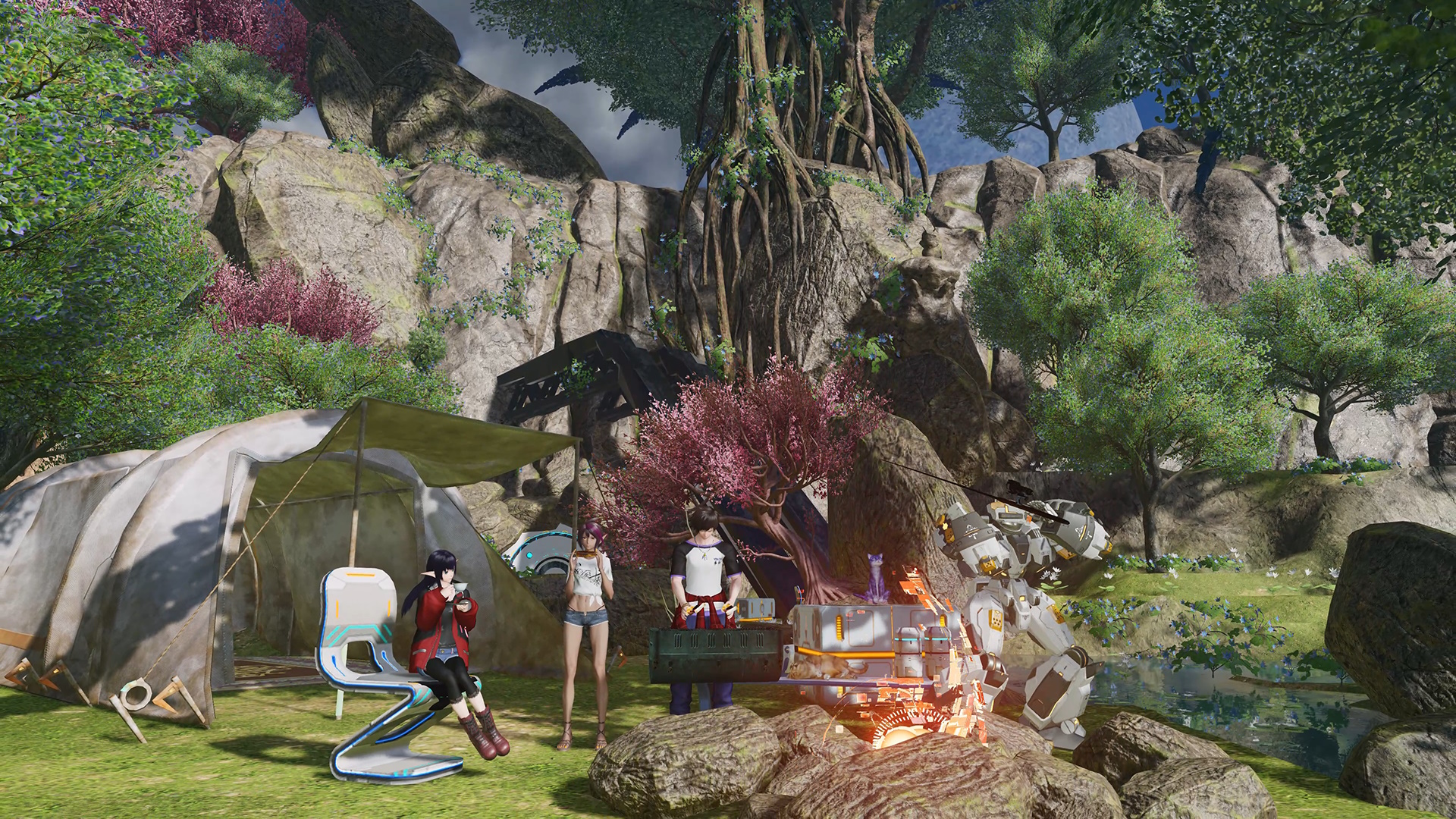
One of the best methods for MMORPG players to feel connected to their game’s world is through the avenue of player housing. It’s an experience that I’ve shared here before and is something that still makes games like WildStar stick in my brain. It’s also a major part of the ver. 2 update arriving to Phantasy Star Online 2: New Genesis, so when Sega invited me to get an advanced look at this portion of the patch, I absolutely leaped at the chance.

First off, I’ll be using the feature’s given name of “creative spaces” from here on out, primarily because it’s a more appropriate description of what this system is like since it gives players a literal instanced space to be creative on. Yes, you could simply create a very large house if you really wanted to, but there’s so much room to be had in this instance that I think it would be hard to make one building on the entire parcel of land. Unless you decide to make your own replica of the X-Mansion, anyway. It’s genuinely hard to elaborate in words and pictures how big this area is, but it is sizeable and is what immediately brought WildStar to mind.
At the brass tacks level, building items in the creative space is generally pretty freeform. Individual items can the placed, spun, and resized in an either free movement or snapped grid movement style as one would expect, but items can also be additionally stretched and lengthened in order to take given items and apply them in creative ways. One example shown to me by one of the devs was taking a standard window, lengthening it to a thinner, taller shape, and then placing a bunch of them alongside one another to create a sort of art nouveau-style frontal window. And this stretching function isn’t only for walls or windows either; it can be used on indoor items, furnishings, and outdoor decor as one sees fit.

On the topic of outdoor items, another big part of the Creative Space is the ability to raise, lower, and flatten the land with some pretty significant freedom. This unfortunately doesn’t mean that adding custom-made water features is a thing (yet), but it can allow for at least some distinctive arrangements for player buildings. I could easily see someone making a giant mountainside castle, for example. In fact, limitations on what is possible appear to be minuscule, as there are no limits on how many items that can be placed on a land parcel.
This creative freedom only expands more when you consider the creative space’s various trigger items known as play items. These effectively work as switches that engage a variety of features either on activation or interaction, like an item that opens a door or a pressure pad that trips an event. My live tour showed one such area that a Sega dev made that recreated a Sonic race course complete with collectible rings and jump pads, while my tour guide demonstrated how a switch could be used to make multiple things happen at once like opening a door, turning a wall invisible, or making a sleeping cat decor item appear and disappear.
The whole trigger system is driven by a series of commands that link a play item to a linked feature in the creative space, which is managed by players assigning numbers to events. It reminded me a lot of some older macro string language in other MMOs, only done through a menu function instead of having to type out commands in a proprietary game code language.

This system incidentally leads me to a few of my personal concerns with the whole affair. For one thing, the entire process seemed to be extremely fiddly, for lack of a better term. Managing this sort of system through in-game menus makes sense from a certain standpoint, but there weren’t too many obvious visual cues to indicate what play item is controlling what housing piece, and having to remember what numbers are assigned to what triggers is likely going to be a major tripping point – even the dev who was touring me through the system was forgetting what does what over the course of the demonstration.
I worry that this will only get worse when people realize there are a whole bunch of tutorials that are tied to using creative spaces to begin with. Regular NGS players are probably not going to be too surprised that there’s a line of tutorial quests to complete, but that may also mean that those players will simply blast through those steps without absorbing information; to that point I really have to beseech players to slow down and read things. Seriously.
Additionally, I’d be remiss if I didn’t report that I wasn’t really able to get my hands on this whole system myself, as the beta build that I was given access to was continually crashing over the course of the preview event, so unfortunately I’m not really able to provide my own direct take.

Still, I also have to consider that creative spaces are being built with community in mind. Players can let up to 11 other friends freely control and build in their space, and players can also share the blueprints of their created buildings or items with others to freely download and place in their own space (provided they have the necessary items, though if they don’t, it’ll still be placed with what items are on hand). This has the potential for an entire community to form as players share tips, strategies, build designs, and inspiration. After all, it’s happened with Final Fantasy XIV.
But what does all of this cost? The majority of items, from play parts to furnishings to building pieces, are bought with Genesis Points that can be earned through regular play, but there will be some items that can be purchased with Star Gems, the currency that can either be earned in-game or bought directly. To this point, Sega mentioned that Star Gem items are indeed coming, with several themed item collections promised and additional land parcel and background themes hinted at for the future. NGS is a free-to-play game and it has to pay the bills, after all, but I just hope these things are available a la carte and not crammed in Scratch Tickets.

In the end, I came away extremely impressed with what the creative spaces feature is capable of. This seems like a function that isn’t possible in NGS, but it most assuredly is, and the robust nature of what it can do has the potential to make life in this game feel extremely sticky, provided players can clear some of the hurdles of its crunchier play item functions and menus. I genuinely can’t wait to dive in myself and bear witness to what players build.















